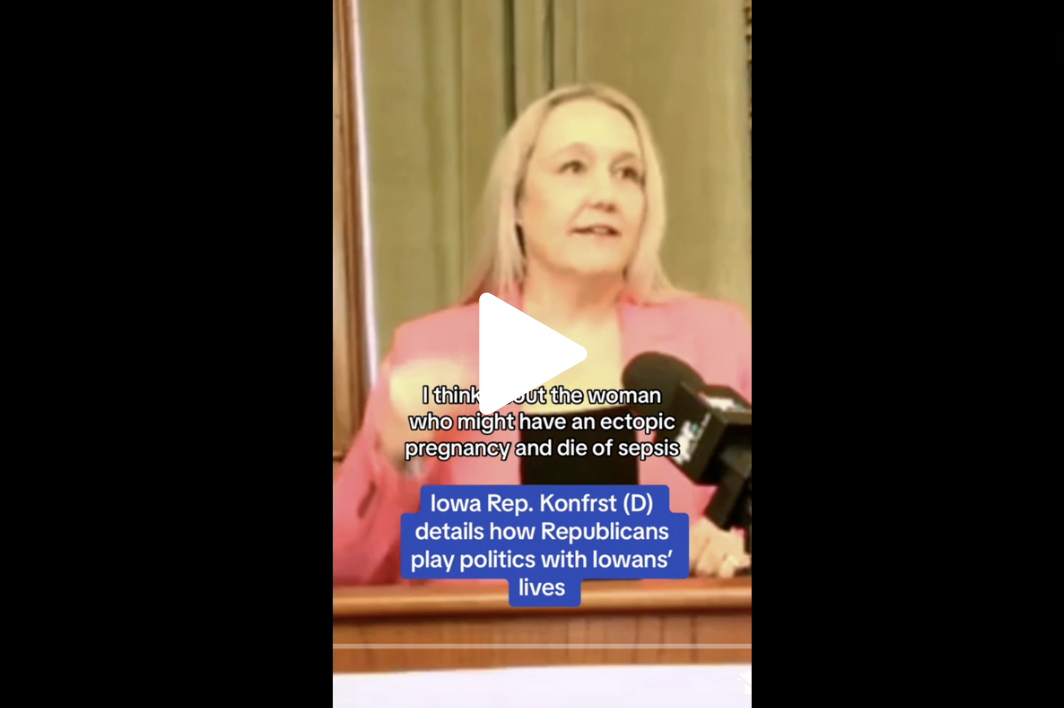Back in my working days, back when I supervised The Des Moines Register’s business news staff, one of the columnists confessed to our readers that he had trouble balancing his checkbook.
My boss didn’t think a business columnist had any business making such a confession.
But the columnist was only admitting what many people, if they are truthful, could admit — and that’s their own challenges with mathematics.
The experts call this math anxiety.
At the risk of sending you scurrying to get away from your own childhood phobias over long division, this is an excellent time to dig into people’s anxieties with math. You can’t follow the news these days without be bombarded by many, many millions, by bunches of billions, and by tons of trillions.
Think about the $5.075 million that University of Iowa football coach Kirk Ferentz, the highest-paid state government employee, received for the 2016-17 budget year, compared with Gov. Kim Reynolds’ $130,000-a-year paycheck.
Think about the Trump administration’s proposed budget for the Department of Defense next year that is $53 billion larger than this year’s $586 billion allotment for the Pentagon.
Think about the U.S. Senate Republicans’ proposed tax cut that would increase the federal debt by $1.5 trillion over 10 years.
For many of us, our eyes glaze over when we try to sort out millions from billions and billions from trillions. Many of us just know these are incredibly large numbers.
Regardless of the glazing that occurs, it’s important for us to be able to analyze and understand amounts that have a direct bearing on our lives as taxpayers and as consumers of government services.
Last week, I was reading comments by a math professor at the College of the Holy Cross who uses the simple penny to help the math-challenged understand relative sizes of huge numbers.
Andrew Hwang wrote, “If one penny represents a million, then one thousand pennies, or $10, represents a billion. On the same scale, one million pennies, or $10,000, represents a trillion. When assessing a trillion-dollar expenditure, debating a billion dollars is quibbling over $10 on a $10,000 purchase.”
Let’s bring those pennies to the discussions that regularly occur in coffee shops and the halls of Congress.
Using the professor’s comparison scale of $1 million = one penny, $1 billion = $10, and $1 trillion = $10,000, the current federal budget is equivalent to $40,000.
Last year, the federal government spent the equivalent of $730 on the Supplemental Nutrition Assistance Program, commonly known as food stamps.
President Obama’s last budget included spending the equivalent of $420 from that $40,000 federal budget on foreign aid.
And of that $40,000 budget, President Trump’s proposal for military spending would increase the Pentagon’s share to $6,390.
Simplifying large numbers is useful in analyzing the tax cuts now being debated in Washington, D.C.
Back in my days at the Register, we sometimes tried to help readers understand costs and expenditures by using a slightly different approach to simplicity than Professor Hwang’s pennies. We related those figures to an Iowa family with an income of $50,000.
If you have an income of $50,000, it would take you 20 years to earn $1 million — and 20,000 years to bring home $1 billion.
Think about that when members of Congress vote on making upper-income tax cuts and corporate tax cuts permanent, while giving the middle-class people tax cuts now but having those cuts disappear in the next decade.
Last year, the Iowa Economic Development Authority awarded DuPont Pioneer $17.2 million in incentives to keep 2,600 jobs in Iowa — primarily at its agricultural seed research complex in Johnston — after the company’s merger with Dow Chemical. That number represented a reduction of about 250 jobs from the number of workers DuPont Pioneer had in Iowa at the time.
While $17 million was a significant amount for Iowa’s state government, based on the combined profits of the merging companies, it amounted to pocket change for the two businesses. Their profits the year before were $20 billion.
Those profits could easily operate Iowa state government’s $7 billion-a-year general fund for two and a half years without a nickel of tax money.
Those incentives the state handed over to DuPont Pioneer were the equivalent of the state giving a $50,000-a-year family a whopping $43.
As you see, when it comes to money and big numbers, it’s all just a matter of perspective — and these simple comparisons are just a matter of common sense.
Or common cents.
by Randy Evans
Reprinted from Bloomfield Democrat
Posted 11/30/17
Politics

The Republican war on Medicare raises the stakes in 2024
Nearly 670,000 Iowans rely on Medicare benefits—benefits they spent decades paying into, with the promise that the program would be there for them...

Abortion supporters rally before Iowa Supreme Court arguments
Abortion saved her life seven years ago and Leah Vanden Bosch is more grateful for it now than ever. Vanden Bosch, who serves as the development and...
Local News

No more Kum & Go? New owner Maverik of Utah retiring famous brand
Will Kum & Go have come and gone by next year? One new report claims that's the plan by the store's new owners. The Iowa-based convenience store...

Here’s a recap of the biggest headlines Iowa celebs made In 2023
For these famous Iowans, 2023 was a year of controversy, career highlights, and full-circle moments. Here’s how 2023 went for the following Iowans:...




